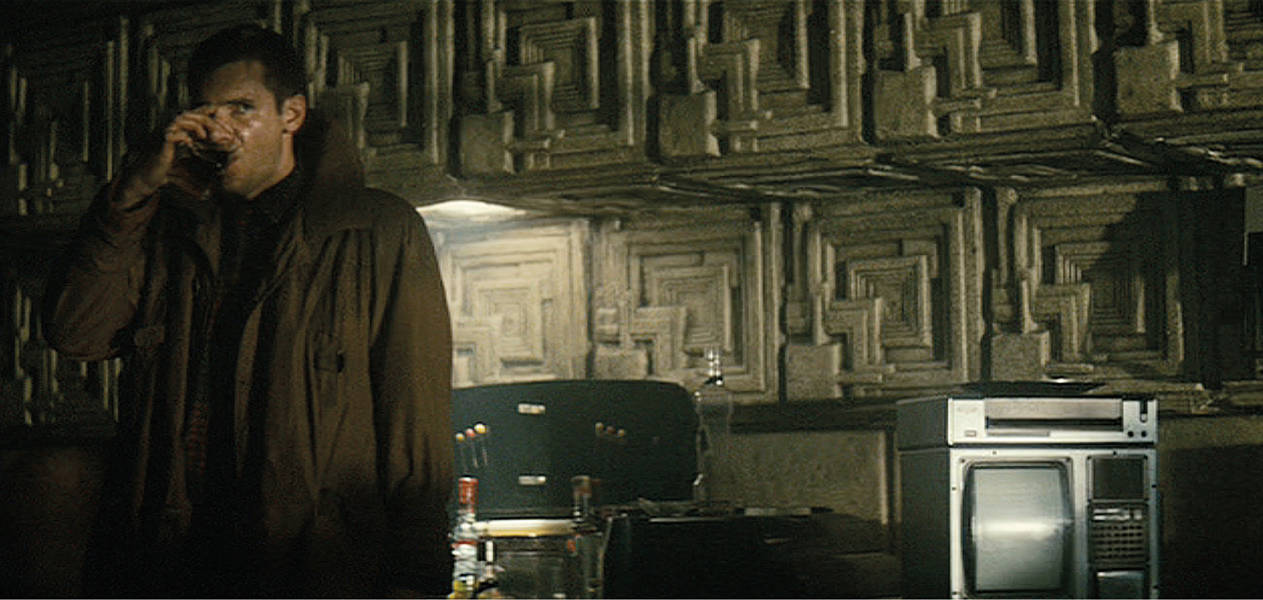The term landscape, freed from the limitations connected with the common concept that it is strictly associated with nature, is in any case still a matter of homogeneous surroundings: the agricultural landscape, the urban landscape, the industrial landscape – which, no matter what its content, ends up taking on positive connotations by virtue of ancient memories of pre-Hegelian origin. In actual fact, while we may have gotten over the idea that art and therefore aesthetic value and judgement are measured on the basis of ability to imitate natural phenomena – the beauty of nature – we are still attached to the idea that any set of phenomena which is functionally and geographically consistent and represents a given socio-economic and constructive condition is on the whole in harmony with itself and therefore mirrors a landscape which is, generally speaking, justified and therefore absolved. But we know that this is not the case of territory and architecture, where landscape often represents a limitation, as in the ghetto, the dormitory suburb, industrial sprawl; this is not the case in literature, where states of mind and personal memories may be anything but positive; it is not the case of film, where a series of horrible, lugubrious acts constitutes a genre in itself, visions identified as belonging to the landscape of Horror. We must therefore realise that the term landscape, as an environment characterised by repeated homogeneous conditions, suffers from the rhetorical but flattering deception of alliteration, the attraction of an organised rhythm of continuous repetition of the same images and the same actions. This means we should not underestimate the perceptive dimension of landscape, and with it the theme of vision and the sensitive impression it exercises on the observer, projecting him or her through sight, memory or imagination into another dimension that involves us and induces us to participate. Many take advantage of these opportunities in the design arts, just as in theatre and film, where the story is supported and made plausible with the aid of scenery, both in the urban scene, where artfully built artificial landscapes attempt, for the most various of reasons – from commerce to residence, from entertainment to work – to get involved an increasingly disoriented mass of people who often find themselves in places and cities where reality and fiction, past and future, end up mixed up in urban environments populated by mazes and dead ends. For these reasons, design and therefore architecture reflect back responsibilities and behaviours which cannot be considered freedoms and expressive opportunities which are independent or linked to a single discipline, and so every transformation of territory and the environment must be considered independently of all aesthetic judgements on the more complex, slippery level of ethics.






